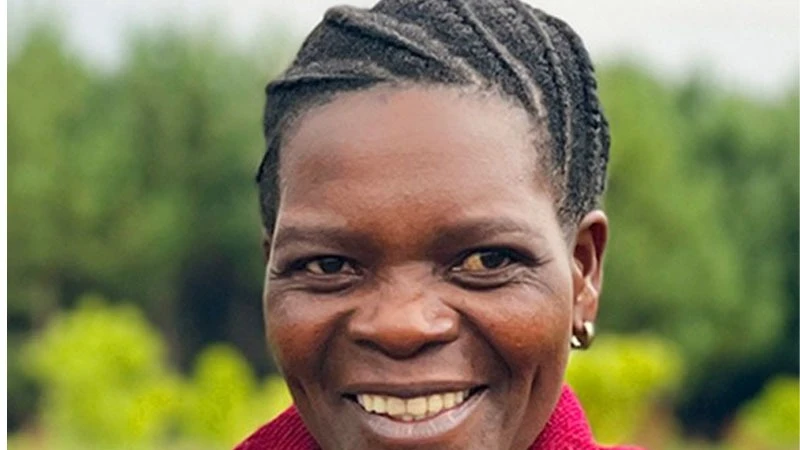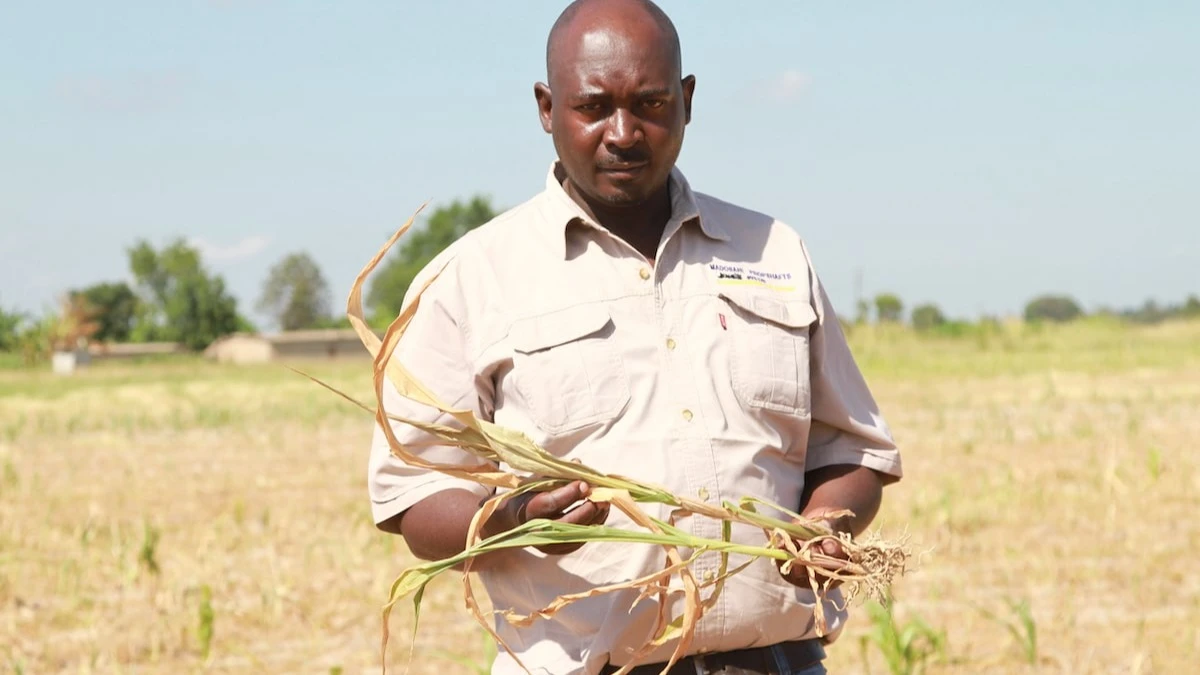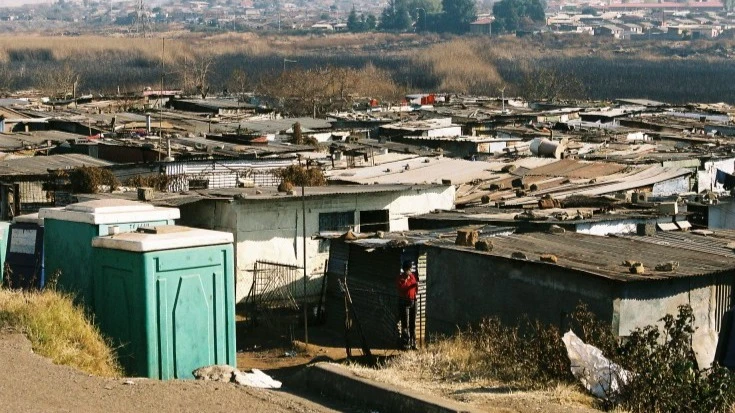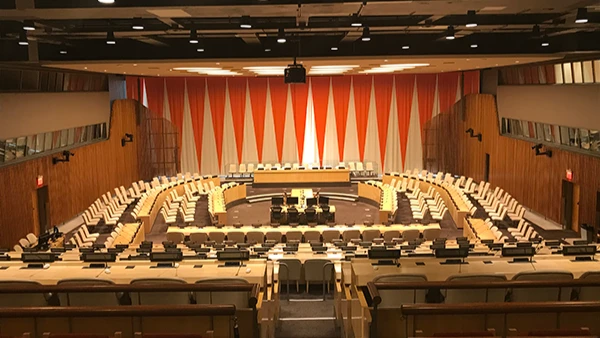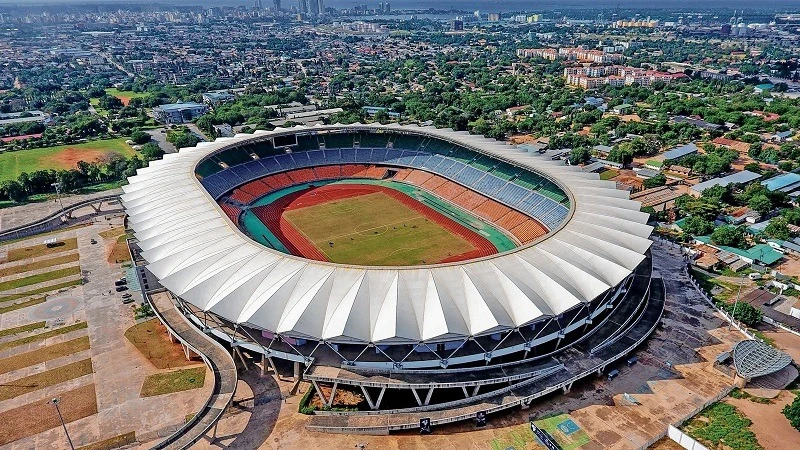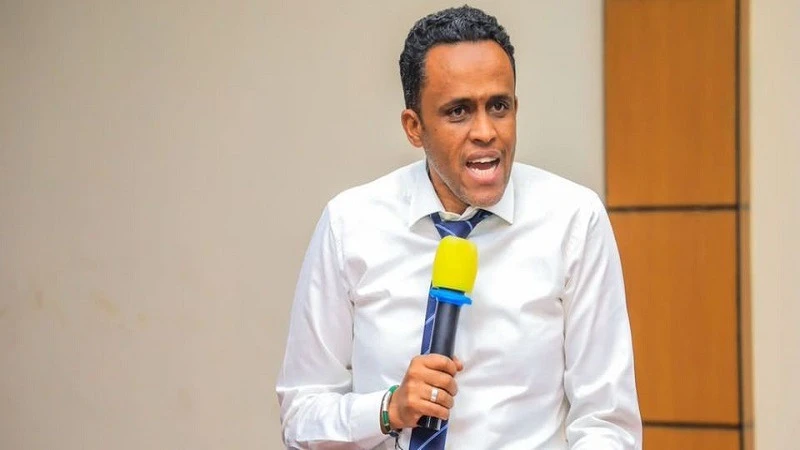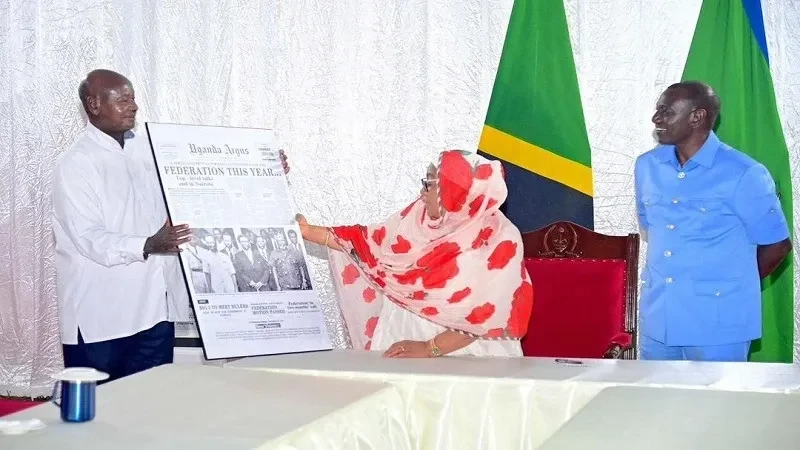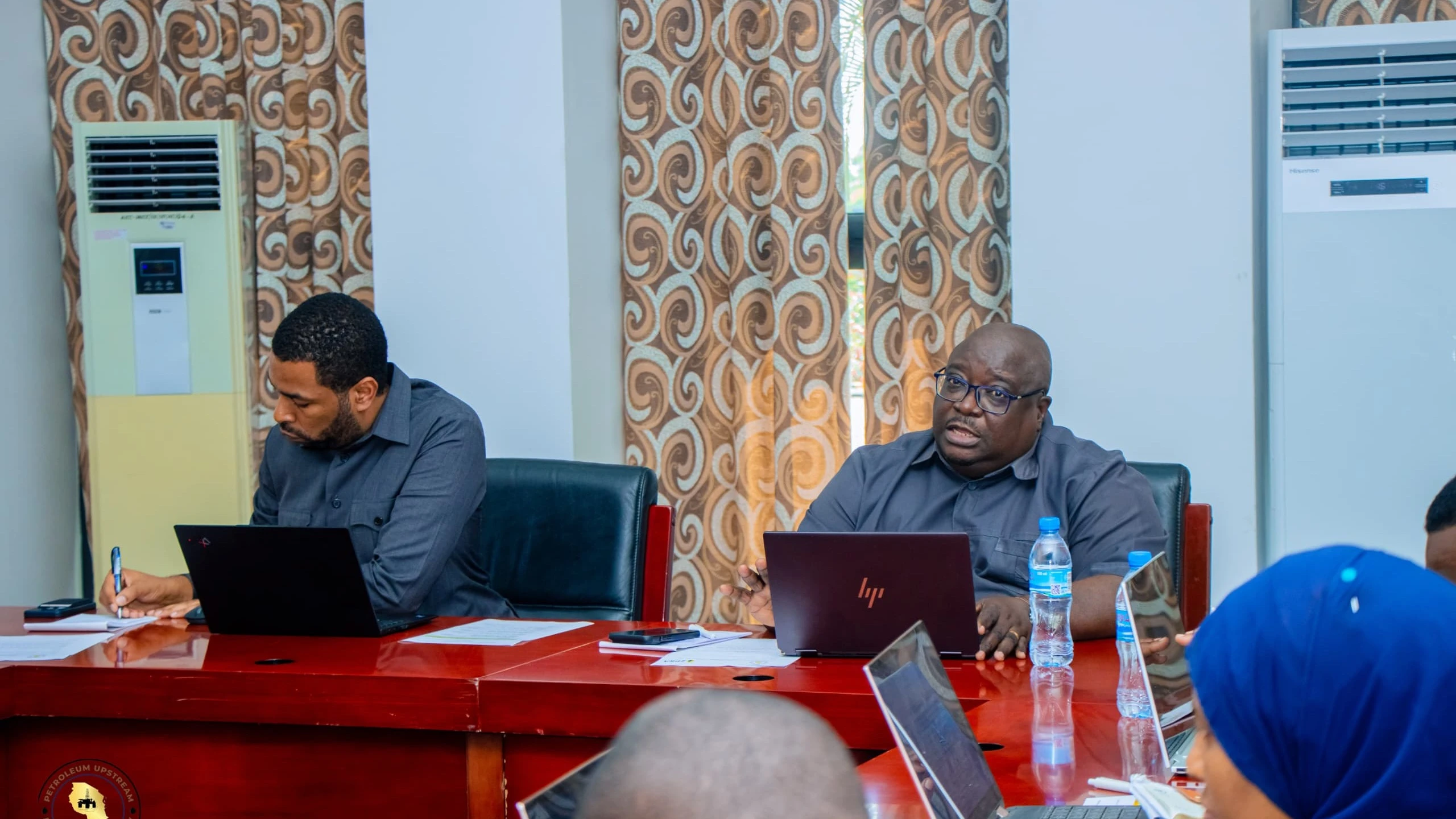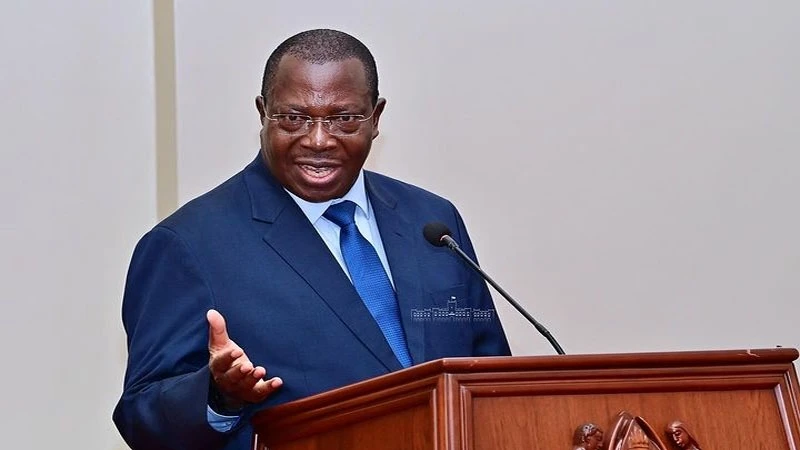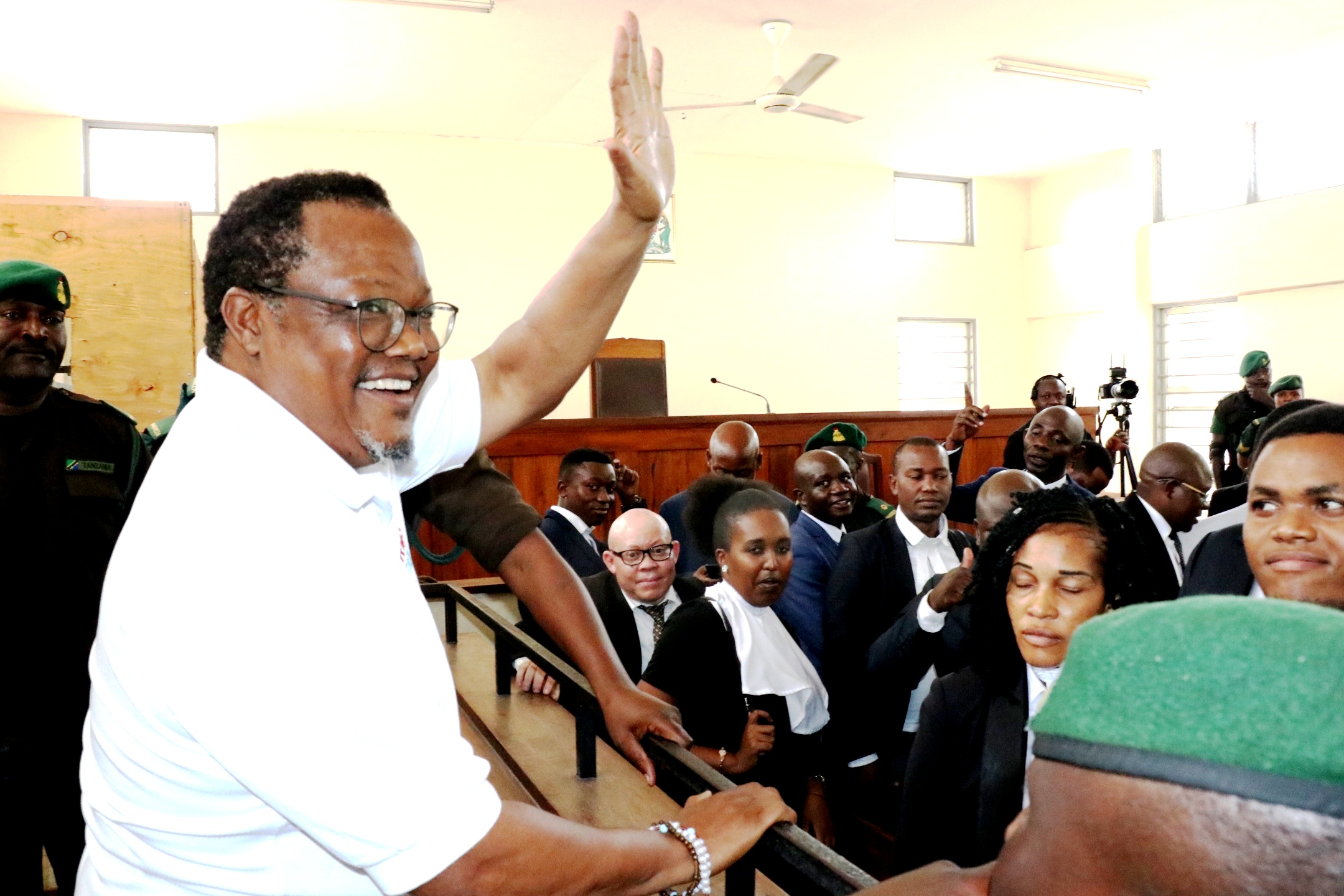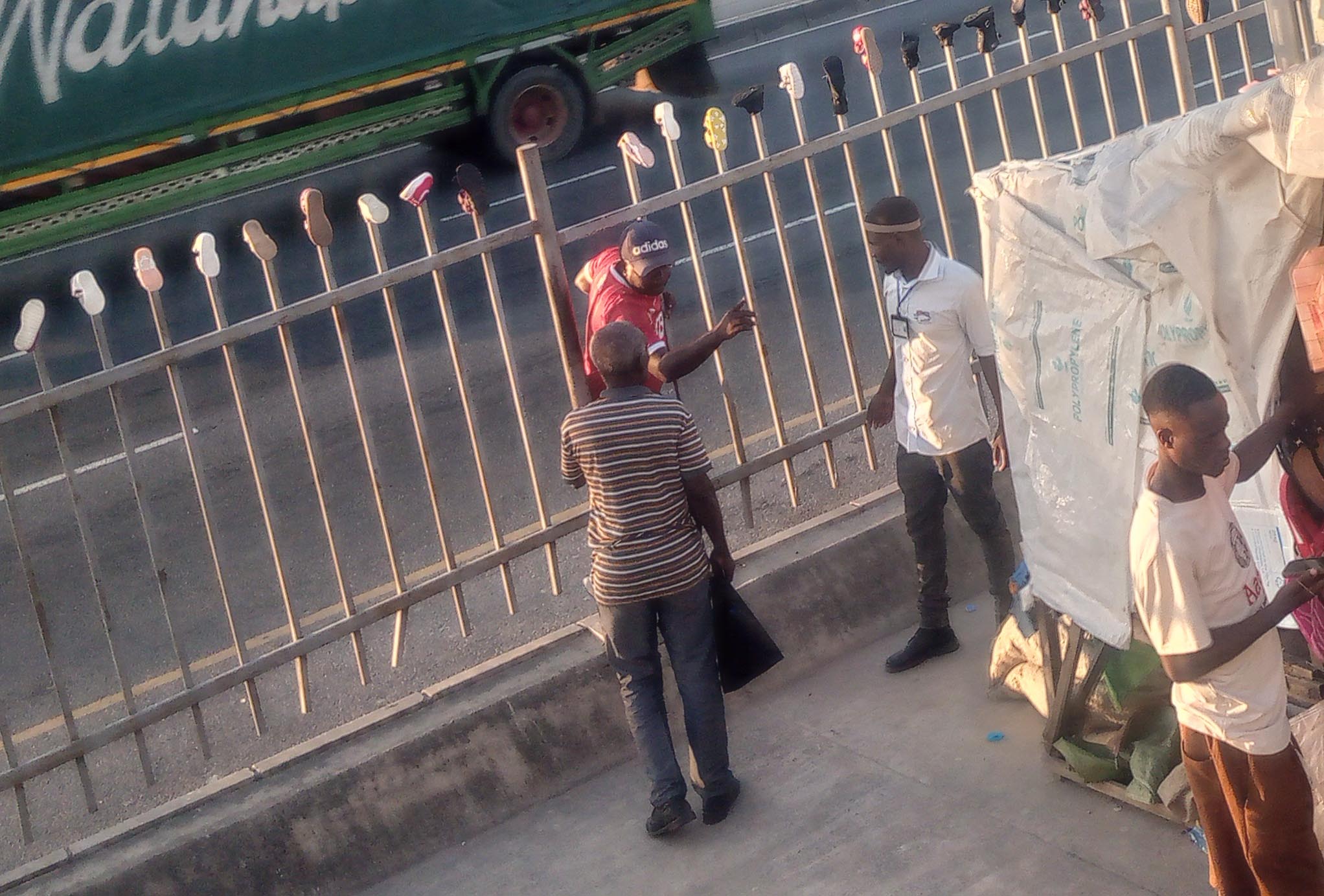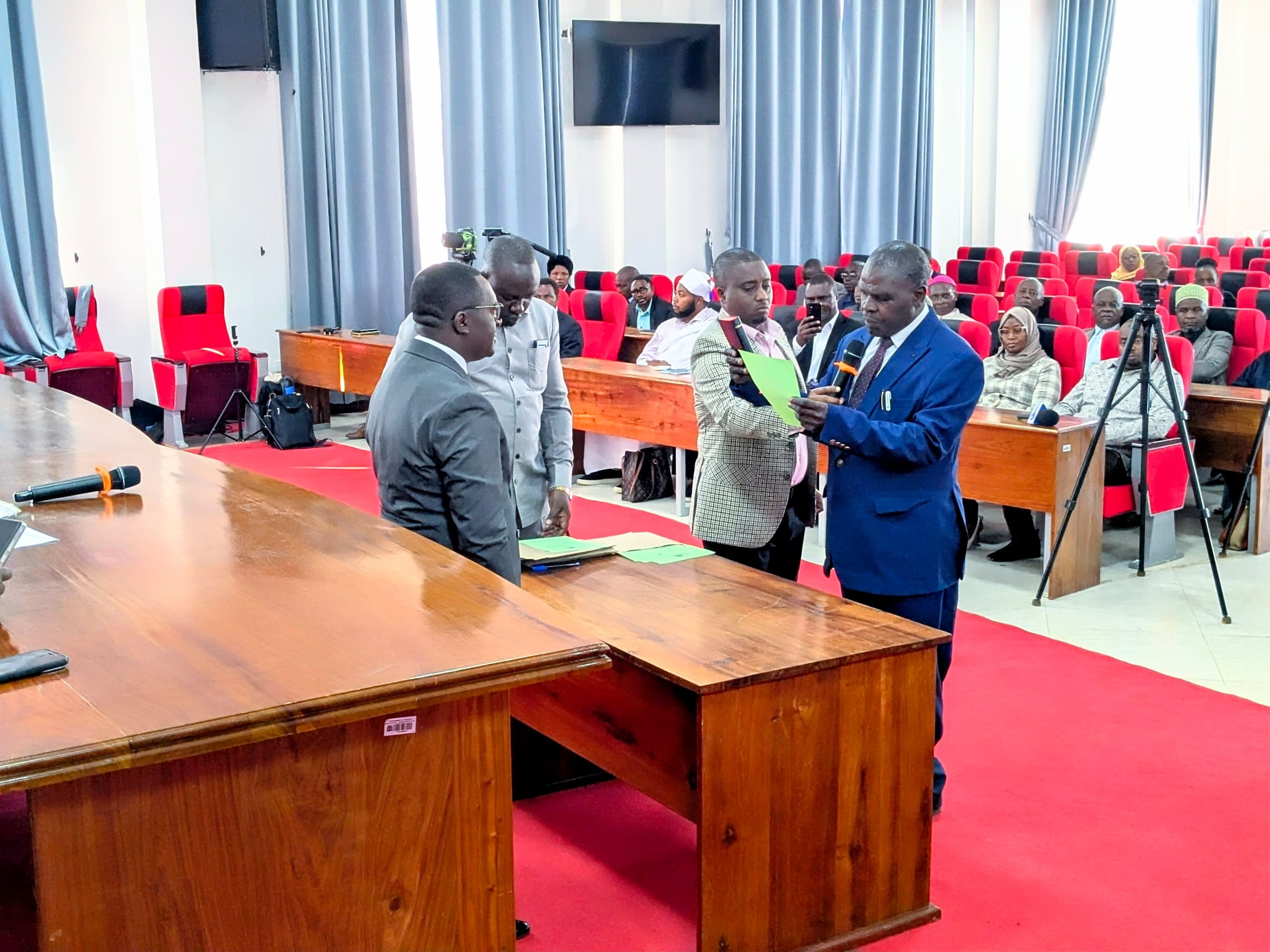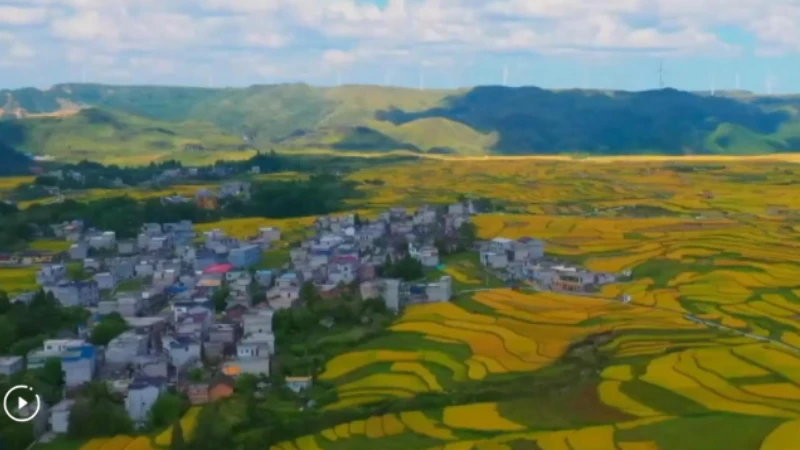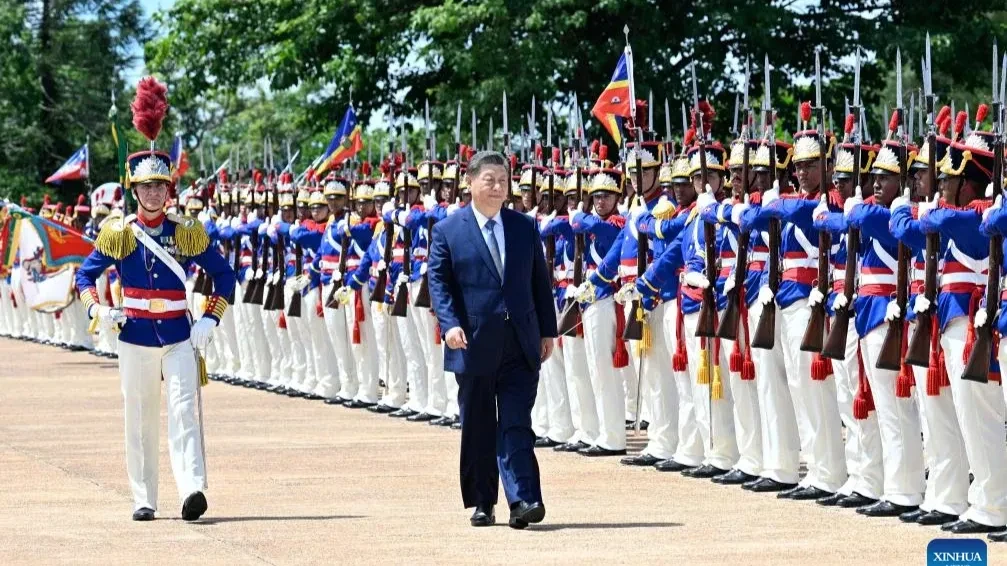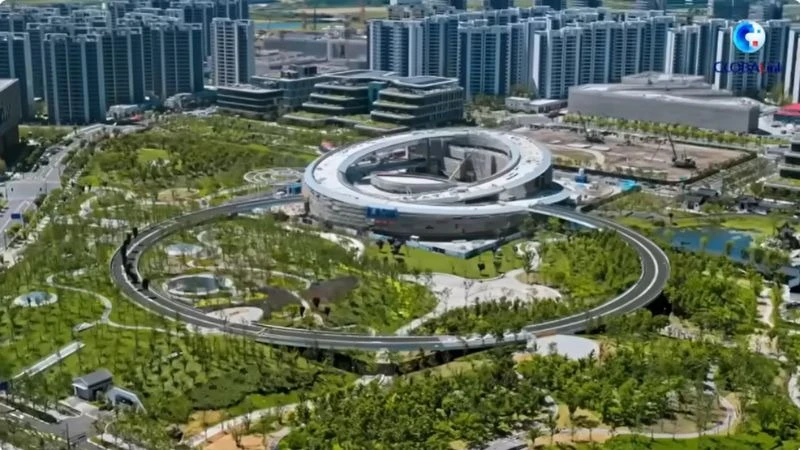What Africa can learn from India’s tourism, cultural preservation model
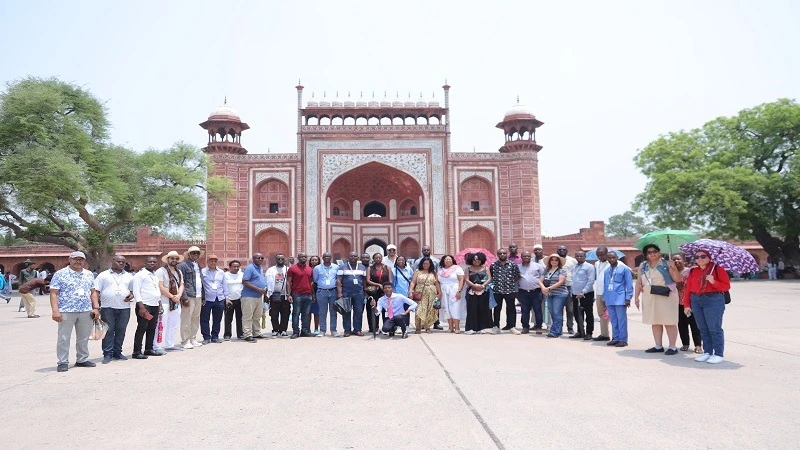
INDIA, a country known for its vibrant culture, rich history, and diverse landscapes, is fast becoming one of the world’s most exciting and dynamic tourism destinations. From the snowy peaks of the Himalayas in the north to the sun-soaked beaches of Goa in the south, India offers travellers an unmatched mix of ancient traditions and modern experiences.
The reality came alive recently when a delegation of journalists from various African countries, including Tanzania had the opportunity to experience India first-hand.
The visit was organised by the Indian Ministry of External Affairs aiming to showcase India’s multifaceted development and sectors potential while deepening Africa-India ties.
The delegation journeyed through India’s major cities, New Delhi, Agra and Mumbai, each offering a strikingly different narrative of the country’s history and future.
In Agra, the journalists stood in awe before the Taj Mahal, the world-renowned marble mausoleum that stands as a symbol of eternal love. “For me, the Taj Mahal was not just a monument, it was a story in stone, a powerful reminder of love and legacy,” remarked a South African journalist.
In Mumbai, India’s economic heartbeat and cultural capital, the group explored modern marvels such as Atal Setu, India’s longest sea bridge and the bustling Mumbai Film City, which provides a behind-the-scenes glimpse into Bollywood, the world’s largest film industry. The iconic Gateway of India, standing tall against the Arabian Sea, reminded visitors of India’s colonial past and independent spirit.
Each stop highlighted India’s seamless blend of heritage and progress. From 1,000-year-old temples to ultra-modern highways and digital ticketing systems, India has mastered the art of maintaining its roots while reaching for the future.
A spiritual dimension deeply moved the journalists, especially during a visit to Varanasi, one of the oldest living cities on earth. Here, on the banks of the holy Ganges River, they witnessed the evening Ganga Aarti—a spectacular ritual involving chants, bells, fire lamp and communal devotion.
“It was a powerful, almost mystical experience,” one journalist reflected. “There was a deep sense of peace and connection that transcended language and religion.”
India’s spiritual landscape is both vast and diverse, being home to major religions such as Hinduism, Buddhism, Jainism, Sikhism and many others. Pilgrimage routes and sacred cities form a key pillar of India’s religious tourism strategy, which contributes significantly to both cultural preservation and economic development.
During their stay in New Delhi, the journalists had the opportunity to visit the National Museum of India, a key institution that showcases the depth and diversity of Indian civilization.
Located along the historic Rajpath, the museum houses over 200,000 artefacts spanning more than 5,000 years of history—from the ancient Indus Valley civilisation to the Mughal era and beyond.
The group explored galleries filled with sacred sculptures, miniature paintings, ancient coins, royal armoury, and delicate manuscripts. A particular highlight was the Buddhist Art Gallery, where relics and statues from India’s Buddhist heritage sparked reflections on the shared cultural ties between Asia and parts of Africa. Many were also drawn to the textiles and jewellery collections, which revealed India’s enduring traditions of craftsmanship.
What stood out was the museum’s ability to make history accessible and engaging through modern displays, interactive guides, and multilingual information panels. This blend of tradition and technology reflected a broader theme observed throughout the tour, India’s commitment to preserving heritage while embracing innovation.
The visit also prompted important reflections among the journalists on the role of museums in nation-building and cultural education. “India’s investment in cultural institutions like this is something we can learn from,” said one participant. “It’s not just about preserving history; it’s about inspiring pride and identity through storytelling.”
No journey through India is complete without exploring its renowned cuisine—and this trip was no exception. From spicy street foods in Delhi, to buttery seafood curries in Mumbai, the journalists savoured a spectrum of flavours that reflected India’s regional richness.
During a high-level briefing in New Delhi, officials from the Indian Ministry of External Affairs outlined the government’s strategic efforts to elevate the country’s development including tourism infrastructure. Key among them are massive investments in airports, roads and high-speed trains.
India’s digital connectivity, including mobile payments, GPS-enabled taxi services, and real-time travel updates—adds a layer of modern convenience to even the most traditional journeys.
Beyond sightseeing, the trip among others also sparked valuable reflections among the journalists on how India’s tourism model could offer inspiration for their own countries. From heritage conservation to domestic tourism promotion and from empowering local artisans to digitally marketing cultural assets, India provides a living case study in sustainable and inclusive tourism.
India’s increasing engagement with Africa now goes beyond trade and diplomacy—it is cultural, people-cantered, and driven by shared values. The journalism exchange is part of a broader effort to promote understanding, collaboration and cross-continental growth.
Top Headlines
© 2025 IPPMEDIA.COM. ALL RIGHTS RESERVED


